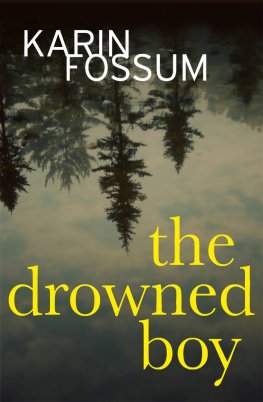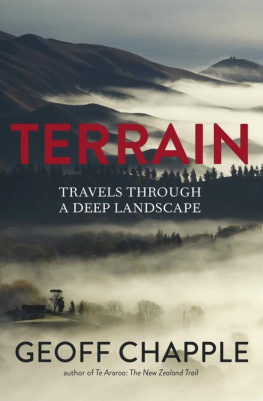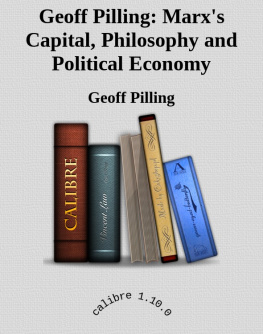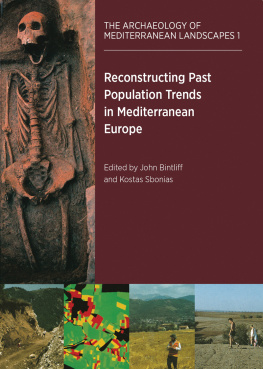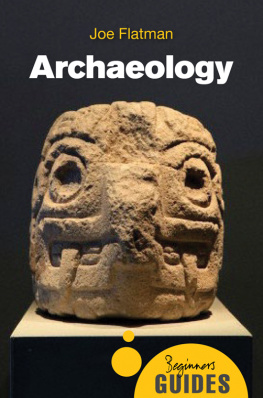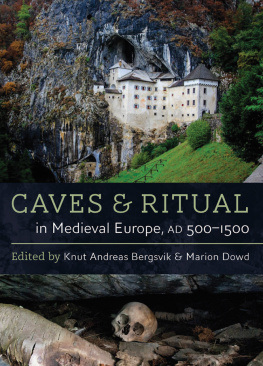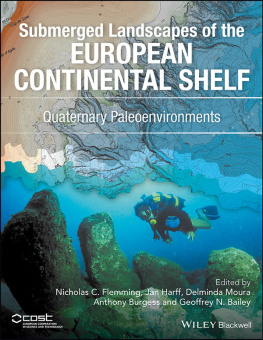Geoff Bailey - The Archaeology of Europe’s Drowned Landscapes
Here you can read online Geoff Bailey - The Archaeology of Europe’s Drowned Landscapes full text of the book (entire story) in english for free. Download pdf and epub, get meaning, cover and reviews about this ebook. year: 2020, publisher: Springer International Publishing, genre: Romance novel. Description of the work, (preface) as well as reviews are available. Best literature library LitArk.com created for fans of good reading and offers a wide selection of genres:
Romance novel
Science fiction
Adventure
Detective
Science
History
Home and family
Prose
Art
Politics
Computer
Non-fiction
Religion
Business
Children
Humor
Choose a favorite category and find really read worthwhile books. Enjoy immersion in the world of imagination, feel the emotions of the characters or learn something new for yourself, make an fascinating discovery.
- Book:The Archaeology of Europe’s Drowned Landscapes
- Author:
- Publisher:Springer International Publishing
- Genre:
- Year:2020
- Rating:3 / 5
- Favourites:Add to favourites
- Your mark:
- 60
- 1
- 2
- 3
- 4
- 5
The Archaeology of Europe’s Drowned Landscapes: summary, description and annotation
We offer to read an annotation, description, summary or preface (depends on what the author of the book "The Archaeology of Europe’s Drowned Landscapes" wrote himself). If you haven't found the necessary information about the book — write in the comments, we will try to find it.
The Archaeology of Europe’s Drowned Landscapes — read online for free the complete book (whole text) full work
Below is the text of the book, divided by pages. System saving the place of the last page read, allows you to conveniently read the book "The Archaeology of Europe’s Drowned Landscapes" online for free, without having to search again every time where you left off. Put a bookmark, and you can go to the page where you finished reading at any time.
Font size:
Interval:
Bookmark:
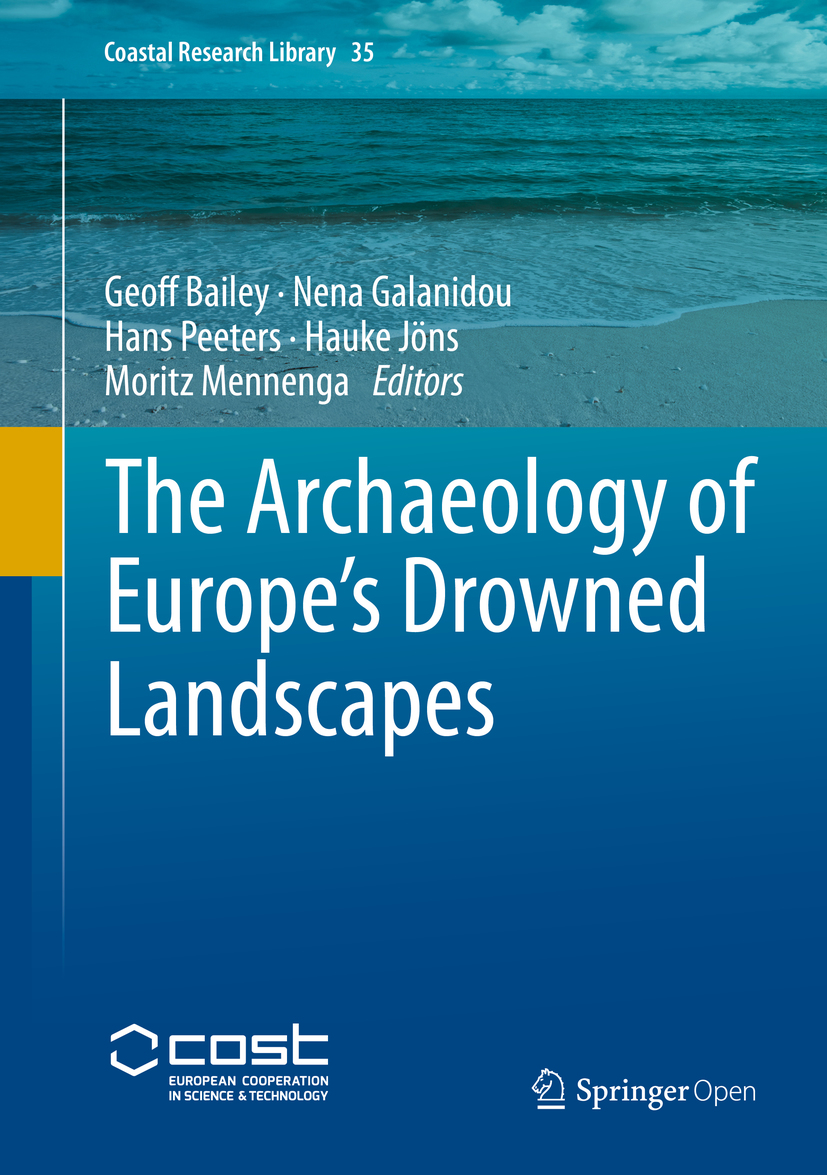
The aim of this book series is to disseminate information to the coastal research community. The Series covers all aspects of coastal research including but not limited to relevant aspects of geological sciences, biology (incl. ecology and coastal marine ecosystems), geomorphology (physical geography), climate, littoral oceanography, coastal hydraulics, environmental (resource) management, engineering, and remote sensing. Policy, coastal law, and relevant issues such as conflict resolution and risk management would also be covered by the Series. The scope of the Series is broad and with a unique cross-disciplinary nature. The Series would tend to focus on topics that are of current interest and which carry some import as opposed to traditional titles that are esoteric and non-controversial.
Monographs as well as contributed volumes are welcomed.
More information about this series at http://www.springer.com/series/8795


Open AccessThis book is licensed under the terms of the Creative Commons Attribution 4.0 International License (http://creativecommons.org/licenses/by/4.0/), which permits use, sharing, adaptation, distribution and reproduction in any medium or format, as long as you give appropriate credit to the original author(s) and the source, provide a link to the Creative Commons license and indicate if changes were made.
The images or other third party material in this book are included in the book's Creative Commons license, unless indicated otherwise in a credit line to the material. If material is not included in the book's Creative Commons license and your intended use is not permitted by statutory regulation or exceeds the permitted use, you will need to obtain permission directly from the copyright holder.
This Springer imprint is published by the registered company Springer Nature Switzerland AG.
The registered company address is: Gewerbestrasse 11, 6330 Cham, Switzerland
This book describes the archaeology of all known submerged prehistoric remains and their regional context for the whole European continental shelf. They were inundated by the postglacial rise of global sea level. Over 2600 submerged Stone Age artefact sites, settlements, and anthropogenic indicators have been identified on the seabed of the European marginal seas, and their significance is analysed to show how the underwater remains influence our understanding of early exploitation of coastal and marine resources and early seafaring. The scope of this study is unique, since no attempt has been made previously to assemble and integrate submerged archaeological data on this geographical scale. It articulates fully the range of archaeological issues to which underwater prehistoric discoveries are relevant in Europe.
The finds extend over a time range from the earliest human presence north of the Alps in the Early Palaeolithic nearly one million years ago up to the establishment of modern sea level about 5000 years at the end of the Neolithic. Some later material is presented where coastlines have continued to subside.
The book begins with a succinct overview of the Ice Age cycles of sea-level change and the causes of submergence of prehistoric settlements and artefacts in the various geomorphologically contrasting European seas: from the Baltic, which behaves almost like a large estuary to the Atlantic margins with a huge tidal range and exposure to colossal storms, round to the Mediterranean and Black seas, where the postglacial rise of sea level is combined with local earthquakes and vertical earth movements. The reasons that prehistoric peoples lived on or crossed the exposed continental shelves differed in each case, and the regional environment, fauna, and flora influenced their culture, subsistence techniques, and their methods for exploiting the resources of the sea and coast. Submerged remains have been found on all types of coasts. The most extensive seabed archaeological deposits are on wide or undulating shelves, with relatively few on steep rocky coasts. A web-based catalogue of all recorded sites with details of the archaeology is publicly available. This provides a resource for future research.
The main thrust of the book is contained in 19 richly illustrated chapters that describe the archaeology of submerged sites in each regional sea, nation by nation. Since both archaeology and oceanography continue seamlessly across national maritime jurisdictional boundaries, there are overarching reviews of each marine basin from coast to coast. A concluding section considers the universal issues of legal and regulatory regimes and interactions with offshore industries and cultural heritage laws.
Europe has one of the longest traditions of research on the prehistoric archaeology and submerged landscapes of the continental shelf anywhere in the world, extending back to the nineteenth century in some countries, and the largest currently known concentrations of submerged prehistoric archaeological sites. This is especially the case in the western Baltic and to a lesser extent in the southern North Sea, the southwest corner of the Black Sea, and the Levant coast of the eastern Mediterranean.
Font size:
Interval:
Bookmark:
Similar books «The Archaeology of Europe’s Drowned Landscapes»
Look at similar books to The Archaeology of Europe’s Drowned Landscapes. We have selected literature similar in name and meaning in the hope of providing readers with more options to find new, interesting, not yet read works.
Discussion, reviews of the book The Archaeology of Europe’s Drowned Landscapes and just readers' own opinions. Leave your comments, write what you think about the work, its meaning or the main characters. Specify what exactly you liked and what you didn't like, and why you think so.


